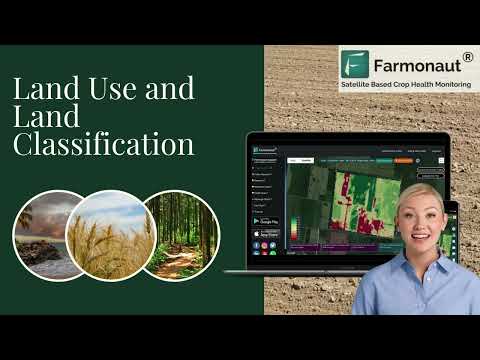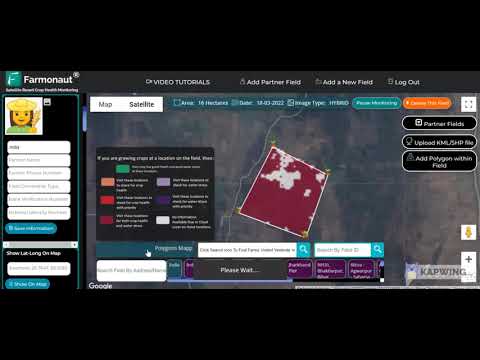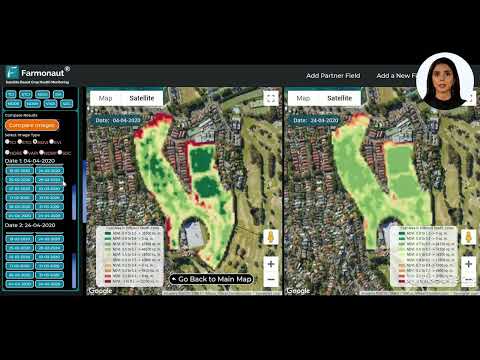Sustainable Future or Economic Concern? Minnesota’s Solar Farm Expansion on Agricultural Land
“Minnesota’s proposed 1,800-acre solar project represents a $180 million investment in renewable energy infrastructure.”
As we delve into the complex landscape of renewable energy development in rural America, we find ourselves at the crossroads of sustainability and economic concerns. The proposed 1,800-acre solar farm project in Minnesota’s Haverhill and Viola townships has sparked a heated debate, highlighting the multifaceted impacts of solar fields on rural communities. In this comprehensive analysis, we’ll explore the intricate balance between renewable energy goals and the preservation of farmland, examining the economic considerations, environmental effects, and landowner rights that are at the heart of this contentious issue.
The Solar Farm Proposal: A Closer Look
The Lemon Hill Solar Project, a $180 million investment by Ranger Power, aims to convert 1,800 acres of farmland in Olmsted County into a sprawling solar field. This ambitious project aligns with Minnesota’s goal of achieving 100% clean electricity by 2040, positioning the state as a leader in the transition to renewable energy. However, the proposal has ignited concerns among local residents about the potential loss of agricultural revenue and the long-term impacts on their community.
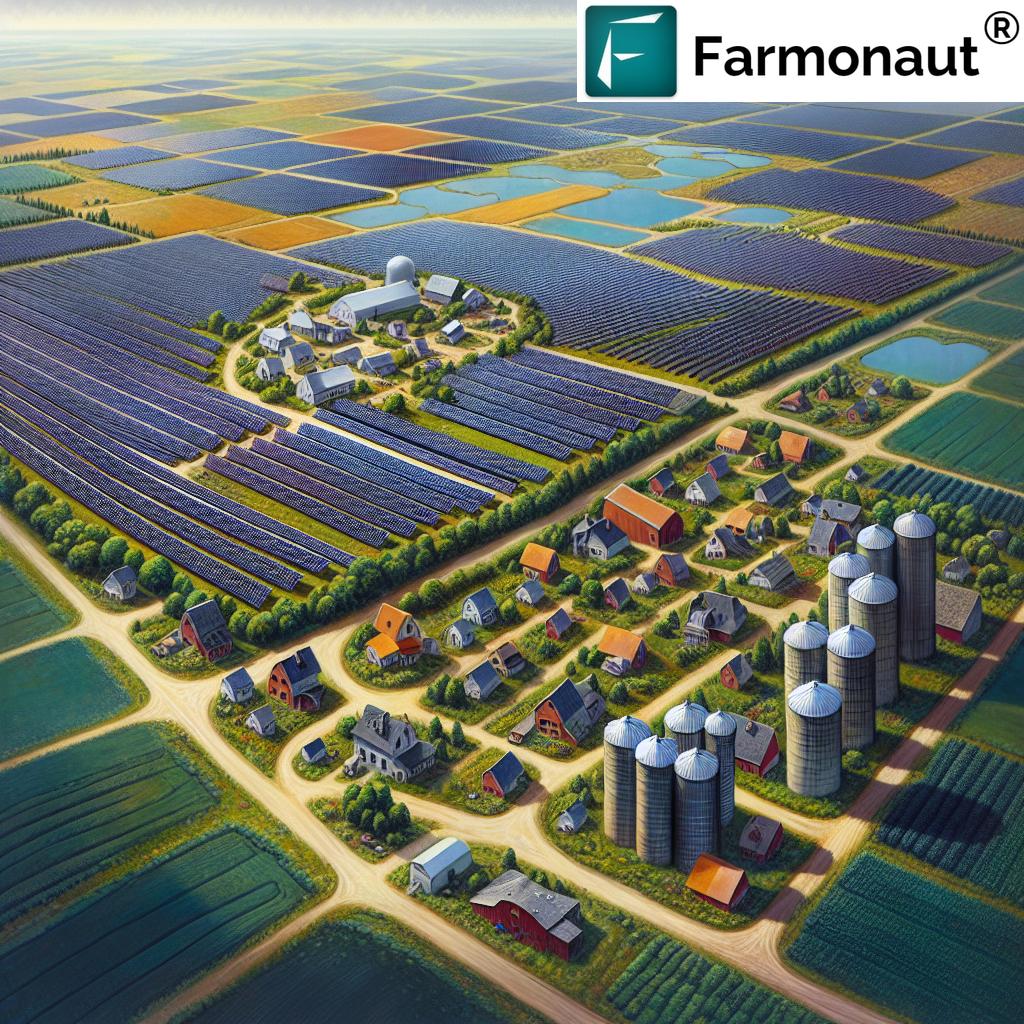
Community Concerns and Opposition
The solar farm community impact has been a significant point of contention. Many residents of Haverhill and Viola townships have voiced their opposition to the project, citing several key concerns:
- Loss of Agricultural Revenue: Local farmer Ken Everson estimates that the conversion of farmland to solar fields could result in a loss of over $827,000 in agricultural inputs and crop sales for the community.
- Long-term Land Management: Residents like Jeffery Spors worry about the long-term care and maintenance of the solar installations, especially if ownership changes hands over time.
- Community Character: There are concerns about how the large-scale solar project will alter the rural landscape and character of the townships.
These apprehensions have led to the circulation of a petition against the solar fields, which has garnered over 125 signatures from community members.
Economic Benefits and Project Promises
Despite the opposition, the Lemon Hill Solar Project promises significant economic benefits for the region:
- Tax Revenue: The project is expected to generate over $33 million in tax revenue over its lifetime, with more than 80% allocated to the county, townships, local schools, and fire districts.
- Local Economic Stimulus: The $180 million investment is anticipated to spur economic activity for local businesses, including restaurants, hotels, and equipment suppliers.
- Soil Health Improvement: The project plans to fully vegetate the land, potentially improving water retention and allowing soil nutrients to regenerate.
- Decommissioning Guarantee: Ranger Power has committed to fully decommissioning the project at the end of its life at no cost to landowners or the community.
These economic considerations highlight the potential for renewable energy projects to provide financial stability and diversification for rural communities, similar to how crop insurance and loans offer security to farmers.
Landowner Rights and Opportunities
A crucial aspect of this debate centers on landowner rights and the opportunities presented by the solar project. Some property owners in Haverhill have voluntarily agreed to lease their land to Ranger Power for the next 20 to 40 years, viewing it as a chance to improve their financial returns, particularly on more erodible land.
These landowners argue that it is their right to use their property as they see fit, as long as they comply with legal requirements. They see the solar farm as an opportunity to contribute to renewable energy goals while securing a stable income from their land.
Environmental Considerations
The environmental impact of solar farms on agricultural land is a complex issue that deserves careful consideration:
- Clean Energy Production: Solar farms contribute to reducing carbon emissions and meeting clean electricity goals, aligning with broader sustainability objectives.
- Soil Conservation: By converting farmland to solar fields, there’s potential for soil recovery and reduced erosion, especially on marginal agricultural lands.
- Biodiversity: Properly managed solar farms can create habitats for pollinators and other wildlife, potentially enhancing local biodiversity.
- Water Management: Solar installations can improve water retention and reduce runoff, benefiting local watersheds.
These environmental benefits underscore the importance of carbon footprinting in agriculture, a service that can help quantify the environmental impact of land use changes.
Balancing Act: Renewable Energy Goals and Farmland Preservation
“The solar farm project aligns with Minnesota’s ambitious goal of achieving 100% clean electricity by 2040.”
The debate surrounding the Lemon Hill Solar Project exemplifies the broader challenge of balancing renewable energy development with farmland preservation. As states like Minnesota push towards ambitious clean energy targets, the pressure to convert agricultural land for solar use intensifies. This raises important questions about food security, rural economies, and the future of farming communities.
To address these concerns, policymakers and project developers must consider:
- Implementing dual-use strategies that allow for both solar energy production and agricultural activities on the same land.
- Prioritizing the development of solar projects on marginal or less productive agricultural lands.
- Creating robust community benefit agreements that ensure local residents share in the economic gains of solar projects.
- Developing comprehensive land use policies that protect prime farmland while supporting renewable energy goals.
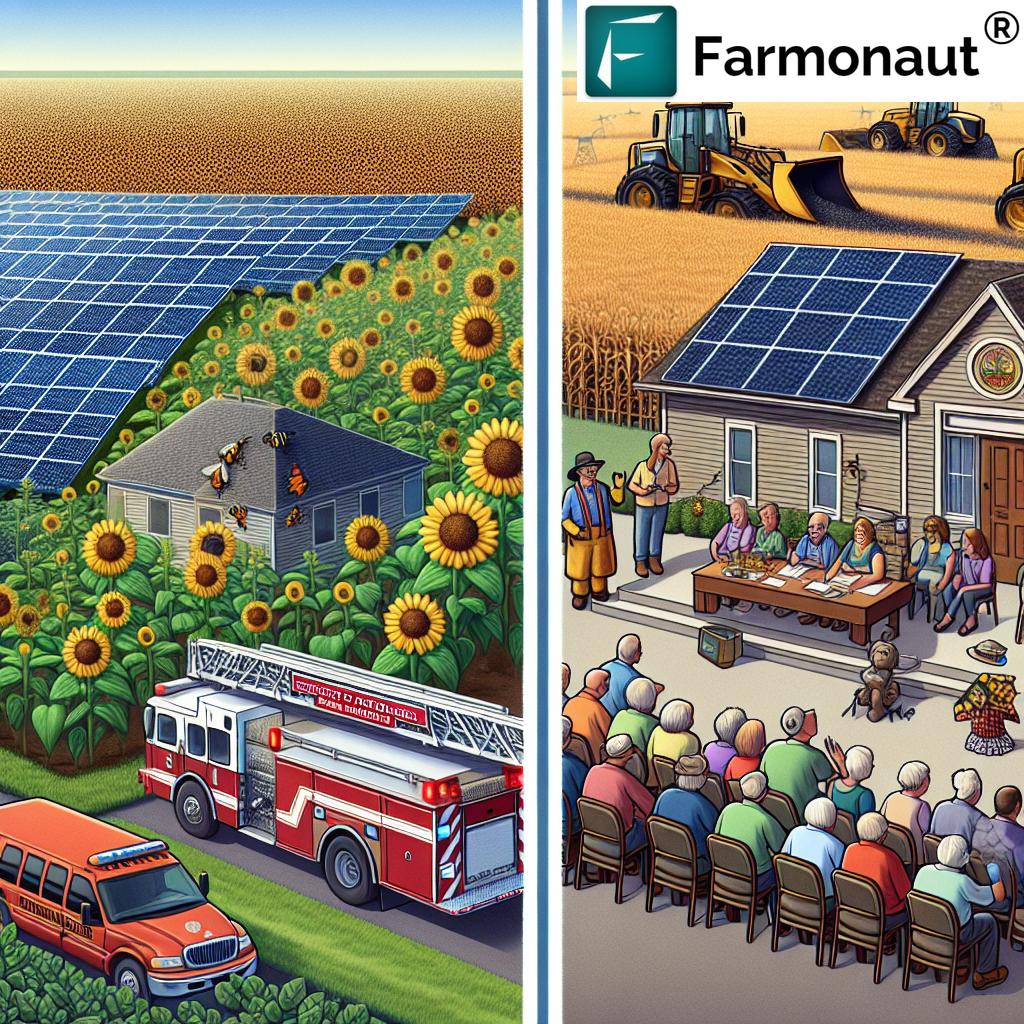
The Role of Technology in Land Use Optimization
As we navigate the challenges of balancing agricultural needs with renewable energy development, advanced technologies play a crucial role in optimizing land use. Farmonaut’s satellite-based farm management solutions offer valuable insights that can help inform decisions about land use and solar farm placement.
By leveraging satellite imagery and AI-driven analytics, farmers and project developers can:
- Identify areas of low agricultural productivity that may be suitable for solar development.
- Monitor the impact of solar installations on surrounding farmland and vegetation health.
- Optimize the layout of solar arrays to minimize disruption to high-value agricultural areas.
- Track changes in soil health and water retention in areas converted to solar farms.
These technological tools can provide data-driven support for decision-making, helping to mitigate conflicts between agricultural preservation and renewable energy expansion.
Economic Analysis: Solar Farms vs. Traditional Agriculture
To fully understand the economic implications of converting farmland to solar fields, it’s essential to conduct a comprehensive analysis comparing the two land uses:
| Factor | Traditional Agriculture | Solar Farm |
|---|---|---|
| Annual Revenue Potential | Variable, dependent on crop yields and market prices | Stable, based on long-term lease agreements |
| Input Costs | High (seeds, fertilizers, equipment, labor) | Low (minimal maintenance required) |
| Risk Factors | Weather, pests, market fluctuations | Technology obsolescence, policy changes |
| Local Economic Impact | Supports agricultural supply chain and processing industries | Generates tax revenue, construction jobs |
| Long-term Land Value | Potentially appreciating, maintains agricultural use | May impact future agricultural potential |
| Environmental Impact | Soil depletion, potential chemical runoff | Reduced emissions, potential habitat creation |
This comparative analysis highlights the complex trade-offs involved in land use decisions. While solar farms offer stable income and environmental benefits, they also represent a significant shift in the local economic structure and land use patterns.
Community Engagement and Decision-Making Process
The controversy surrounding the Lemon Hill Solar Project underscores the importance of robust community engagement in renewable energy development. To address concerns and build consensus, stakeholders should consider:
- Hosting public forums and workshops to educate community members about the project’s impacts and benefits.
- Conducting transparent environmental and economic impact assessments.
- Exploring opportunities for community ownership or profit-sharing models in solar projects.
- Developing local workforce training programs to prepare residents for jobs in the renewable energy sector.
- Creating a community advisory board to provide ongoing input on project implementation and management.
By fostering open dialogue and collaborative decision-making, communities can work towards solutions that balance economic development, environmental sustainability, and preservation of rural character.
Policy Implications and Future Directions
The Lemon Hill Solar Project case study raises important questions about land use policies and renewable energy development strategies. As we move forward, policymakers and stakeholders should consider:
- Developing comprehensive state and local policies that guide the siting of large-scale solar projects.
- Creating incentives for agrivoltaic systems that combine solar energy production with agricultural activities.
- Establishing clear guidelines for the decommissioning and land restoration of solar farms at the end of their operational life.
- Investing in research and development of more efficient solar technologies to reduce land use requirements.
- Exploring innovative financing mechanisms that allow farmers to benefit from solar development while maintaining agricultural production.
These policy considerations can help create a framework for sustainable solar development that respects agricultural heritage and supports rural communities.
Technological Solutions for Sustainable Land Management
As we grapple with the challenges of integrating solar farms into agricultural landscapes, innovative technologies offer solutions for optimizing land use and monitoring environmental impacts. Farmonaut’s fleet management tools, for instance, can help solar farm operators efficiently manage maintenance vehicles and equipment, minimizing disruption to surrounding farmland.
Other technological advancements that can support sustainable solar farm development include:
- Advanced solar panel designs that allow more sunlight to reach crops growing underneath.
- Smart irrigation systems that optimize water use for both energy production and crop growth.
- Drone-based monitoring systems for assessing vegetation health and soil conditions around solar installations.
- AI-powered predictive maintenance tools to ensure optimal performance of solar arrays while minimizing land disturbance.
By leveraging these technologies, we can work towards a future where renewable energy and agriculture coexist harmoniously, maximizing the benefits for both sectors.
Conclusion: Charting a Path Forward
The debate surrounding Minnesota’s solar farm expansion on agricultural land exemplifies the complex challenges we face in transitioning to a sustainable energy future. While the Lemon Hill Solar Project promises significant economic benefits and clean energy production, it also raises valid concerns about the preservation of farmland and rural community character.
As we move forward, it’s crucial to approach these projects with a holistic perspective that considers:
- The long-term sustainability of our energy and food production systems
- The economic well-being of rural communities
- The rights and interests of landowners
- The environmental impacts of land use changes
- The role of technology in optimizing land use and energy production
By fostering open dialogue, leveraging advanced technologies, and developing thoughtful policies, we can work towards solutions that balance the need for renewable energy with the preservation of our agricultural heritage. The path forward will require creativity, compromise, and a commitment to sustainability from all stakeholders involved.
As we continue to navigate these challenges, tools like Farmonaut’s satellite-based farm management solutions will play an increasingly important role in informing decision-making and optimizing land use. By embracing innovation and collaborative approaches, we can create a future where solar farms and agriculture not only coexist but thrive together, supporting both our energy needs and our farming communities.
FAQ Section
- Q: How will the solar farm project impact local agricultural production?
A: The project will convert 1,800 acres of farmland to solar fields, potentially reducing agricultural output. However, it may also improve soil health on that land over time. - Q: What are the main economic benefits of the solar farm project?
A: The project is expected to generate over $33 million in tax revenue, create jobs, and stimulate local businesses through its $180 million investment. - Q: How does the solar farm align with Minnesota’s clean energy goals?
A: The project supports Minnesota’s aim to achieve 100% clean electricity by 2040 by significantly increasing renewable energy production. - Q: What are the environmental impacts of converting farmland to solar fields?
A: While it reduces agricultural land, it can improve soil health, enhance biodiversity, and contribute to reducing carbon emissions. - Q: How are landowner rights addressed in this project?
A: Landowners have voluntarily agreed to lease their land, viewing it as an opportunity for better financial returns, especially on less productive land.
For more information on how satellite technology is revolutionizing agriculture and land management, watch this informative video:
To explore how Farmonaut’s solutions can help optimize land use and agricultural productivity, check out our range of services:
For developers interested in integrating our satellite and weather data into their own systems, explore our API and API Developer Docs.
